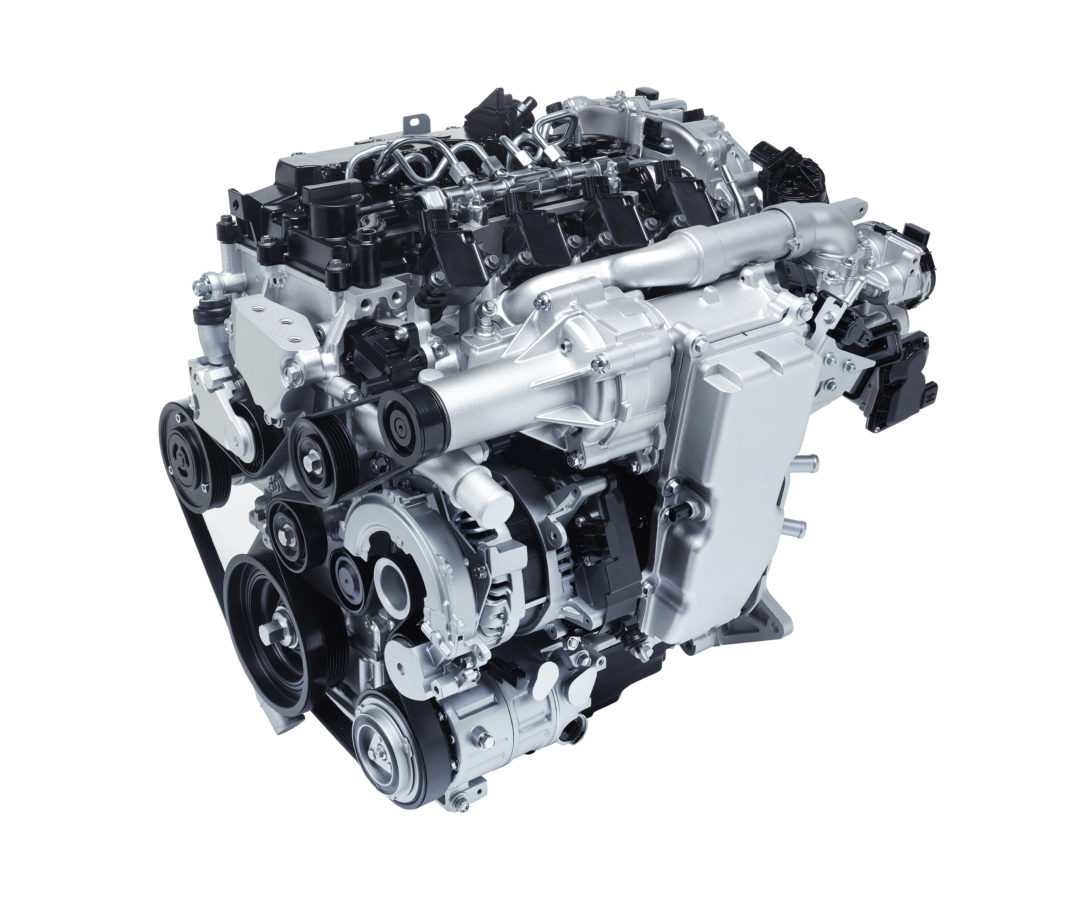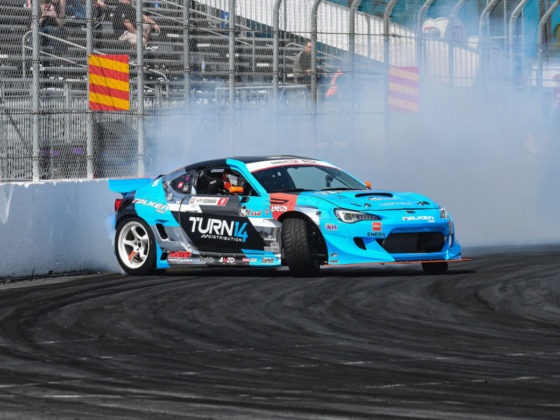
Nerd Alert Part 2! SKYACTIV-X: Were Our Predictions Correct?
When Mazda first announced its infamous, new SKYACTIV-X engine, we made some preliminary guesses about its workings before any information was released. Guesses are guesses, but now that Mazda has released more official information about the all-new and exciting Homogeneous Charge Compression Ignition (HCCI) engine, it seems that we weren’t too far off. We recently got to poke around and even test drive their ten million dollar prototypes!
Yes, you read that correctly- we drove Mazda’s ten million dollar prototypes… on public roads… in the heart of Southern California- and two of them, with a total value of 20 million at that! But, more of that 20 million dollar adventure to come- let’s get down and nerdy with all of the SkyACTIV-X details.

Mazda started the whole super efficiency trend in the 1990s with the supercharged Miller Cycle engine that came in the Millenia. This evolved to the current Skyactiv-G (gasoline) and Skyactiv-D (diesel) engines which were evolutionary steps taken, leading now to the Skyactiv-X. More than just an incremental step in the evolution chain, the new Skyactiv-X engine promises the fuel efficiency of the Skyactiv-D with the low NOx emissions and fun Zoom-Zoom DNA of the Skyactiv-G.
WHY HCCI:
The ideal engine lies between a diesel and gasoline engine. It would have the thermal and light load cruise efficiency of a diesel while also having the diesel's low HC and CO2 emissions. It would also have a spark ignition gasoline engine's wider operating range and responsiveness with its low NOx and particulate emissions.
Mazda is targeting a 30% loss of CO2 emissions by using less fuel through lean compression ignition. This is ignition caused by compressing the fuel-air charge, heating it through compression until it ignites like a diesel instead of using a spark plug. This requires a high compression ratio of 16:1 with cylinder pressure modulated by the air fuel mixture ratio. The lean compression ignition shoots for a specific heat ratio, with peak pressure at TDC, to where the heat is absorbed into gasses rather than dispersing into cylinder walls, where the cooling system would then have to deal with it.
CHALLENGE WITH HCCI:
The challenge with HCCI (until now) has been controlling the combustion timing, and this is the reason why no one has been able to produce an HCCI motor successfully. HCCI combustion occurs in a narrow range of leanness between misfire and detonation. There is a very limited range of air-fuel ratio, compression and temperature for successful compression ignition to occur, and Mazda successfully broadens this range through SPCCI, or Spark Controlled Compression Ignition.




